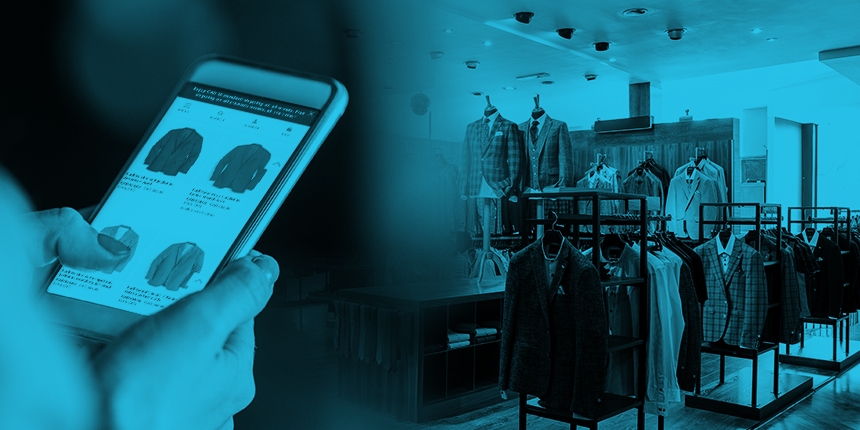I recently decided to purchase a pair of pants at a high-end retail store in downtown Toronto; as I made my way into the store, the scent of the dark oak wood floors, the sound of ambient music and the sight of soft, colourful clothing felt warm and welcoming. The visceral appeal had already triggered my senses to anticipate further delight. But that first impression soon came crashing down on me when I saw a man in his forties trying to get ahold of a shirt from a shelf that was above his reach. All the size smalls were hanging above the large shirts, creating friction in a task that should have been quite easy to accomplish. He looked around to see if he could get any help or feedback, but all the store reps were busy at cash counters, leaving him without any support. At this point, he looked quite dismayed and frustrated by his experience. The result? He did what anyone would do at this point: he left the store. Similarly, this story resonates with many customers or users when they try to accomplish a task online. The difference is that there are a lot more users facing friction online at any given time.
Reflecting on this story from a user experience point of view, I wondered if the man would ever return to the store after this frustrating experience. Secondly and more importantly, I thought about how easy it was for that store to lose a potential customer and the impact to the business both online and offline if they weren’t thinking the entire experience through.
What can marketers and digital leaders learn from the story above?
1. First, don’t judge a store or its online presence only by the first impression or its visceral appeal, as an emotional design is only the very first layer of processing, followed by behavioural and reflective design.
2. If we don’t take into account the relevance, usability and reliability issues that prevent users from accomplishing their goals easily, it is an opportunity lost for both business and user. Therefore, usability testing and functionality are principles that should be leveraged and measured on a frequent basis.
Ever since companies like Amazon launched their online shopping experience in 1995, a huge number of retail and services businesses around the world have realized the importance of investing in their online content strategy, interaction design and conversion funnel optimization. This meant transforming their in-store customer experience (with legacy systems) and crafting them into frictionless, digital user-experiences. It’s not surprising for this reason that 94% of people’s first online impressions are related to design and functionality. This is more relevant now than ever, as recent cumulative data anticipates a 246% increase in worldwide e-commerce sales — from $1.3 trillion in 2014 to $4.5 trillion in 2021.
What does this convergence mean for user experience of B2B and B2C platforms?
1. According to Jakob Nielsen, every field of business needs UX today, because the entire brand is the experience in the modern world. As almost every brand now has a digital presence, customers now have frequent interactive experiences with all categories of a company, regardless of the industry. Therefore, on the web, the sequence has turned into user experience first, payment second.
2. This role of user experience as caretaker of conversion funnels has increased leaders’ motivation to invest in stronger UX teams. It has also given rise to AI and anticipatory design, which tries to anticipate users’ needs and serve them the best possible experience. To learn about the anatomy of UX teams you can read my previous blog on UX predictions.
To conclude, businesses need to be mindful of streamlining the overall experience of their customers, making sure their journey flows seamlessly from the in-store experience to all digital touchpoints including desktops, tablets, kiosks and mobile. Therefore, relevance, usability and functionality are principles that can be leveraged and measured on a frequent basis. Regardless of whether a business is aiming to sell products/services or a user is trying to accomplish a task in a frictionless environment, it is an ongoing dance that must be balanced in order to drive great results.
Noman Siddiqui is the User-Experience Architect at DAC. To learn more about how we can help enhance UX of your business, get in touch with DAC!




